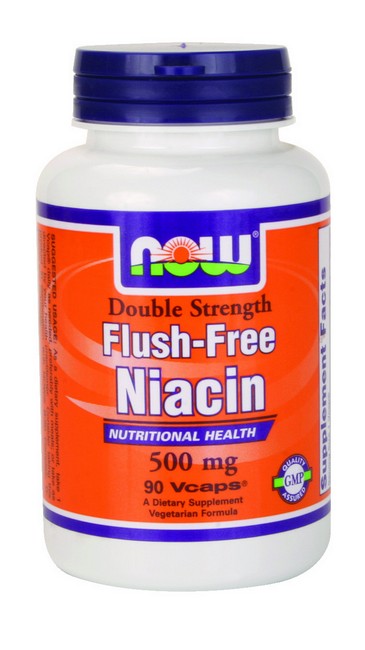
They should only be taken under medical supervision, since they carry a risk of side effects. High doses of niacin are typically used to improve cholesterol and triglyceride counts. Niacin supplements should be treated like a drug and only taken under medical supervision, since they can have side effects. It’s also sometimes prescribed to accompany statin therapy ( 16, 17, 18, 19). However, it’s often prescribed for people whose cholesterol levels don’t respond to statins, which are the preferred treatment ( 15). Niacin treatment isn’t typically the first line of defense against cholesterol problems, since it can cause side effects other than flush. To put that in perspective, the recommended daily intake for most men and women is 14–16 mg per day ( 9, 10). People only experience these positive effects on blood fats when they take therapeutic doses of niacin in the range of 1,000–2,000 mg per day ( 5).

It can lower triglycerides in the blood by 20–50% ( 3, 11). Niacin interferes with an enzyme that’s essential for making triglycerides. It can reduce LDL (bad) cholesterol by 5–20% ( 11, 13, 14). Niacin speeds the breakdown of apolipoprotein B in LDL (bad) cholesterol, causing less to be released by the liver. It can increase HDL (good) cholesterol by up to 20–40% ( 1, 12). It prevents the breakdown of apolipoprotein A1, which is used to make HDL (good) cholesterol. Taking high doses of niacin has been shown to produce the following improvements in blood cholesterol and lipids: It happens when capillaries expand, increasing blood flow to the skin’s surface.ĭoctors have long prescribed high doses of niacin to help people improve their cholesterol levels and prevent heart disease ( 5). Niacin flush is a common reaction to high doses of niacin. Other medications, including some antidepressants and hormone replacement therapies (HRTs), can also trigger flush ( 1). High doses of nicotinic acid trigger a response that causes your capillaries to expand, which increases the flow of blood to the skin’s surface ( 1, 6, 7, 8).īy some reports, virtually every person who takes high doses of nicotinic acid experiences flush ( 6). It’s so common that at least half of people who take high doses of immediate-release niacin supplements experience it ( 4, 5).

Niacin flush is a very common side effect of taking the immediate-release form of nicotinic acid.


 0 kommentar(er)
0 kommentar(er)
